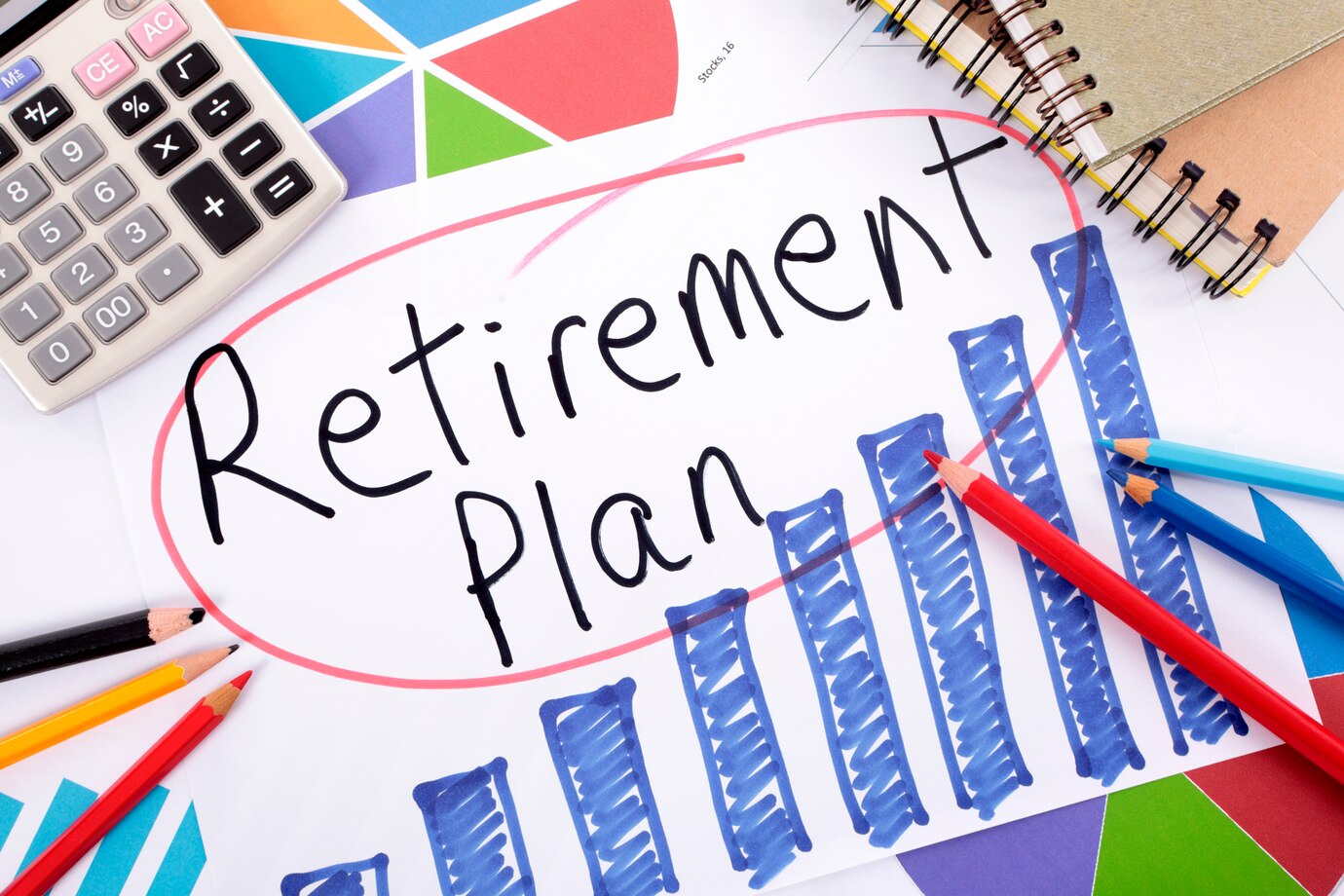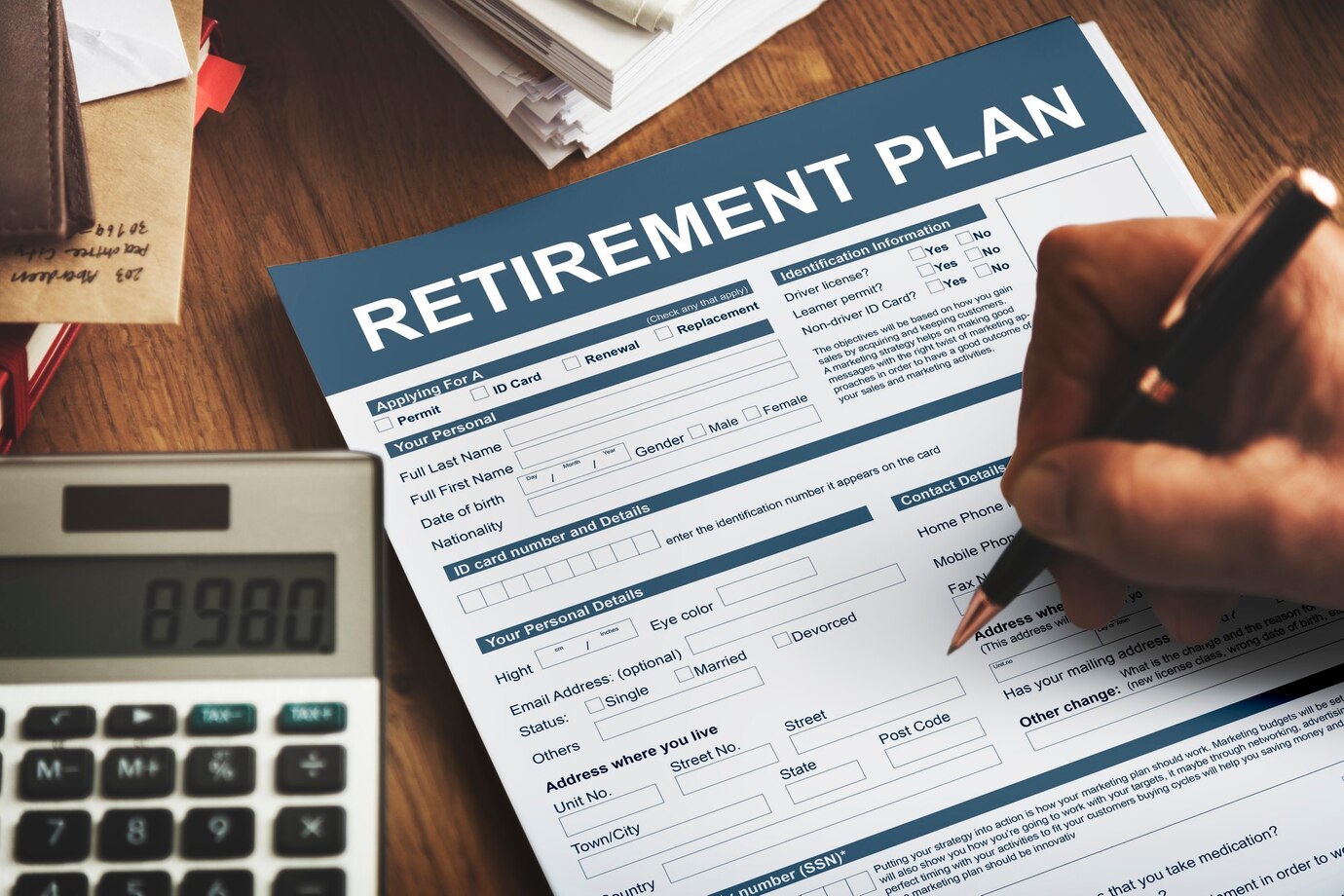
Retirement Planning for Freelancers: How to Secure Your Future
Freelancing gives you freedom and independence. However, it also brings financial risks, particularly regarding retirement. Since freelancers lack employer-sponsored pension schemes, they must build their own retirement savings.
Planning for retirement as a freelancer can feel tough. But with innovative strategies and good investment choices, you can build a secure financial future. This guide covers the top retirement plans for freelancers. It explains how to save for retirement and find the best investment options. These tips will help you achieve long-term financial stability.
1. Why Retirement Planning Matters for Freelancers

1.1 Lack of Employer-Sponsored Pension Plans
Unlike traditional employees, freelancers don’t have access to:
- Employer-matched pension contributions.
- Automatic enrolment into a workplace pension scheme.
- Retirement benefits like profit-sharing or stock options.
1.2 Risks of Not Planning Early
Without a structured retirement plan, freelancers face:
- Insufficient savings – Relying solely on state pensions may not be enough to cover living costs.
- Income instability – Irregular freelance income can make it harder to contribute consistently to retirement.
- Rising cost of living – Inflation and healthcare costs can erode savings over time.
2. Understanding Freelancer Retirement Plans
Freelancers have various retirement plans. The best choice depends on your income, tax status, and goals.
2.1 Personal Pension Plans (UK)
Personal pension plans allow freelancers to save for retirement with tax relief benefits:
- You can contribute up to £60,000 annually (or 100% of your annual income).
- Contributions receive 20% tax relief from the government.
- Funds grow tax-free until you start withdrawing at retirement age.
Top Options:
- Stakeholder Pension – Low fees and flexible contributions.
- SIPP (Self-Invested Personal Pension) – Greater investment flexibility but higher risk.
2.2 Individual Retirement Accounts (IRA) (US)
Freelancers in the US can open an IRA to save for retirement with tax advantages:
- Traditional IRA – Contributions are tax-deductible, but withdrawals are taxed.
- Roth IRA – Contributions are taxed upfront, but withdrawals are tax-free in retirement.
Contribution Limit:
- Up to $6,500 annually (or $7,500 if aged 50 or older).
2.3 Self-Employed 401(k) (US)
A Self-Employed 401(k) allows freelancers to contribute as both employer and employee:
- Employee contribution limit: $22,500 (or $30,000 if aged 50 or older).
- Employer contribution limit: Up to 25% of net earnings.
- Total annual contribution limit: $66,000 (or $73,500 if aged 50 or older).
2.4 State Pension (UK)
Freelancers who pay Class 2 National Insurance Contributions (NICs) qualify for a state pension:
- Requires at least 10 years of contributions to qualify for a partial state pension.
- A full state pension requires 35 years of contributions.
- Current full state pension: £203.85 per week (as of 2025).
3. How to Save for Retirement as a Freelancer

3.1 Set a Retirement Savings Goal
Determine how much you need to retire comfortably:
- Estimate your annual living expenses in retirement.
- Multiply that amount by the number of years you expect to be retired.
- Factor in inflation and healthcare costs.
Example:
- Desired annual retirement income = £30,000
- Retirement duration = 25 years
- Total retirement fund needed = £30,000 x 25 = £750,000
3.2 Set Up Automatic Contributions
Consistency is key when saving for retirement:
- Set up automatic monthly transfers to your pension or IRA.
- Start with a percentage of your monthly income (e.g., 10–15%).
- Increase contributions as your income grows.
3.3 Diversify Your Investments
A diversified investment portfolio reduces risk and increases growth potential:
- Stocks – High potential returns but higher risk.
- Bonds – Lower risk but smaller returns.
- Mutual Funds & ETFs – Professionally managed funds with balanced risk.
- Property – Rental income and long-term capital appreciation.
3.4 Use Tax-Advantaged Accounts
Maximise tax benefits to increase your retirement savings:
- Contribute the maximum allowed to your SIPP or 401(k).
- Take advantage of tax-deferred growth in pension plans.
- Consider tax-free withdrawals with a Roth IRA or ISA (UK).
4. Best Investment Options for Freelancers
4.1 Index Funds
Index funds track major stock market indexes, such as the S&P 500:
- Low fees and consistent long-term growth.
- Ideal for passive, long-term investing.
- Average annual return: 7–10%.
4.2 Target-Date Funds
Target-date funds automatically adjust the investment mix based on your retirement timeline:
- Higher stock allocation when you’re younger.
- The gradual shift to bonds and low-risk assets as retirement nears.
4.3 Peer-to-Peer Lending
Peer-to-peer lending platforms allow you to earn interest by lending directly to borrowers:
- Higher returns than traditional savings accounts.
- Risk of borrower default.
4.4 Real Estate Investment Trusts (REITs)
REITs provide exposure to the property market without direct ownership:
- Pays dividends from rental income.
- Diversified across residential, commercial, and industrial properties.
4.5 Cryptocurrency (High Risk)
While highly volatile, cryptocurrency can provide high returns:
- Bitcoin and Ethereum are the most widely held.
- Risk of significant value fluctuation.
5. Managing Retirement Savings as a Freelancer
5.1 Review and Adjust Contributions Annually
Freelance income can fluctuate, so adjust your contributions accordingly:
- Increase savings in high-income years.
- Maintain minimum contributions during slow periods.
5.2 Rebalance Your Portfolio Periodically
Ensure your asset allocation reflects your retirement timeline:
- Increase bond holdings and reduce stock exposure as you approach retirement.
- Consider low-risk assets for stable returns.
5.3 Minimise Withdrawal Fees and Taxes
Plan your withdrawals strategically to minimise tax impact:
- Withdraw from taxable accounts first.
- Delay withdrawals from tax-advantaged accounts to maximise compound growth.
6. FAQs About Retirement Planning for Freelancers
- Q: How much should a freelancer save for retirement each month?
A: Aim to save at least 10–15% of your monthly income for retirement. - Q: Can freelancers qualify for a state pension?
A: Yes, if you’ve paid National Insurance Contributions (NICs) for at least 10 years. - Q: What’s the best retirement plan for freelancers with irregular income? A: A flexible SIPP or Roth IRA allows you to adjust contributions based on income.
- Q: Is real estate a good retirement investment for freelancers?
A: Yes, rental income and property appreciation can provide a steady retirement income.
Secure Your Future: Smart Retirement Planning for Freelancers!

Retirement planning as a freelancer requires a proactive approach. Picking the right retirement plans and investments can secure your financial future.
Start by setting clear savings goals, investing in tax-advantaged accounts, and diversifying your portfolio. Plan wisely and save regularly. This way, you can achieve financial independence and enjoy a comfortable retirement.
Ready to take control of your financial future? Start setting up your freelance retirement plan today!


